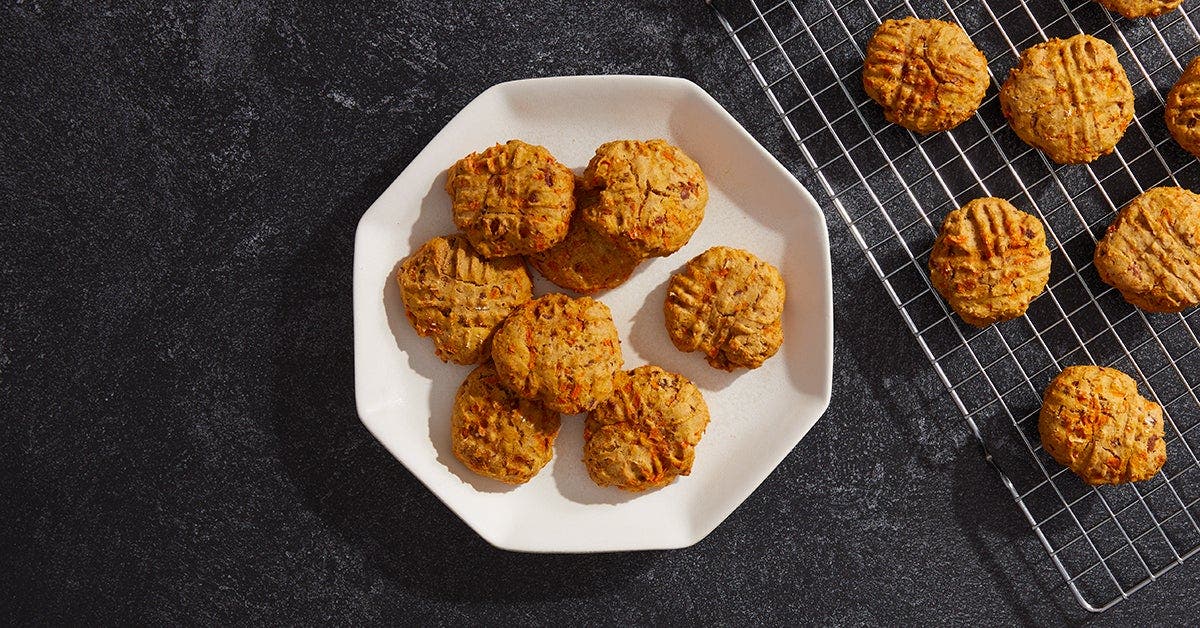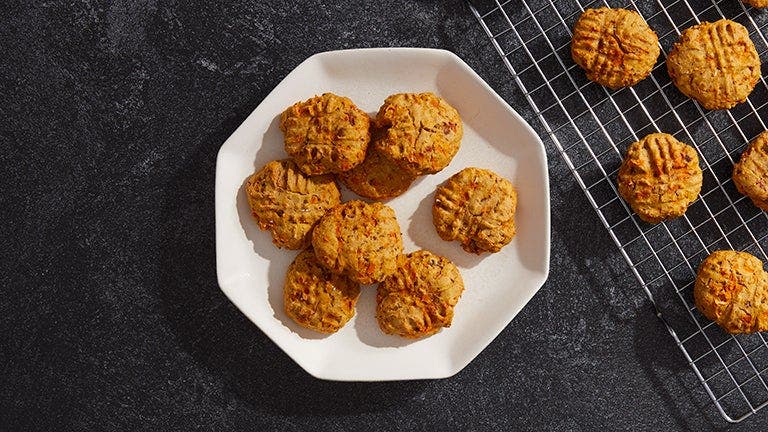The Truth About Sugar and Diabetes


Ask any dietitian and they’ll tell you: Sugar is a complicated topic. Add diabetes in there and it’s all too easy to get mixed signals about sweets. You likely know that managing blood sugar is at the root of diabetes, and that eating too many carbohydrates—including sugar—can elevate your blood sugar. But sugar in and of itself isn’t the source of the condition. Deleting it entirely from your diet isn’t a fix.
“You can absolutely safely eat sugar if you have diabetes,” says Angela Goscilo, M.S., R.D., a registered dietitian and the senior manager of nutrition at WeightWatchers®. “You don’t have to completely abandon your favorite foods. That’s where WeightWatchers can help, since the program is designed to guide you and help you make decisions while living with diabetes.” Just keep these four moves in mind:
Minimize added sugars
Less than 10% of your daily calories should come from added sugar, a.k.a. sugars that aren’t naturally found in the food but are instead added during processing, per the United States. Dietary Guidelines. For someone eating 2,000 calories a day, that comes out to about 12 teaspoons—much less than the 17 teaspoons the average American consumes daily.
Added sugar is sneaky, showing up where you don’t always expect it. While added sugars are found in obvious places, like sugary drinks, baked goods, and desserts, according to the FDA, they also lurk in condiments like ketchup and barbecue sauce, jarred pasta sauce, flavored yogurts, oatmeal, and most breakfast cereals, notes Weisenberger.
Why is there such a focus on reducing added sugar intake? It helps to look at the way your body metabolizes sugar. “Sugar is a type of carbohydrate, and just like other carbs, consuming sugar raises your blood sugar,” says Jill Weisenberger, M.S., RDN, a registered dietitian nutritionist, a certified diabetes care and education specialist, and author of The Beginner’s Guide to What to Eat with Type 2 Diabetes.
Other forms of carbs, such as whole grains, beans, lentils, and vegetables, contain fiber, which helps the food get digested more slowly and blunts your blood sugar response, according to the Centers for Disease Control and Prevention.
Sugar on its own, on the other hand, has no fiber, so it spikes blood sugar more quickly. That rise in blood sugar triggers your pancreas to release insulin, a hormone that “pushes” blood sugar into cells where your body can use it for energy. But if you have prediabetes or type 2 diabetes, your insulin isn’t working efficiently, so the sugar stays in your blood.
“The amount your blood sugar goes up depends on how much sugar you eat,” says Weisenberger. If you have a little sugar (a couple M&Ms), your blood sugar will go up a small amount. If it’s a lot of sugar (a supersize bottle of soda), your blood sugar can easily rise a lot.
While research is still ongoing about consuming zero-calorie sugar substitutes (like Splenda or Stevia), the American Diabetes Association does recommend using them in moderation to replace traditional sugar. “You can lean on sugar substitutes and swap them in based on your taste preference, like in your morning coffee or when baking” says Weisenberg. “But keep in mind that if you’re using them in cakes or cookies, those foods will still have calories.”
Prioritize whole foods
Another way to minimize the impact of sugar on your blood sugar is to lean on naturally occurring sugar. Unlike added sugar, naturally occurring sugar is found in whole foods like fruit and dairy.
These foods are packaged with other nutrients that are important for your health, such as fiber, calcium, and vitamin C. In addition, the fiber in fruit or the healthy fat and protein in yogurt, for example, can slow the absorption of sugar into the bloodstream, for a more even blood glucose response, notes Goscillo.
Also, just because a sweetener is natural, like honey and maple syrup, doesn’t mean it’s naturally occurring. When mixed into anything—oatmeal, cookies, tea—those guys count just as much toward your total added sugar intake as white table sugar, high fructose corn syrup, and other forms.
Decode your labels
The only way to know for sure how much added sugar you’re eating is to read the nutrition facts panel on your food and look for the “added sugars” line. You’ll quickly see how much sugar has been added during processing. You can also check added sugar when you look up a food in the WW app by scanning a barcode or typing the food in—it’s right there among other nutrient data.
An even easier way to stay in line with the recommendations—and most importantly, what is right for your body—is to lean on WW’s Diabetes-Tailored Plan, advises Goscilo. “The Points® system will nudge you toward choosing carbohydrate foods that are lower in added sugar and higher in fiber, which can have a steadier impact on blood sugar,” she says.
Get creative
Just having an awareness of where—and which kind of— sugar is in your diet goes a long way toward making choices that are better for your blood sugar and better for your overall health. (And luckily the Points system makes it easy by giving foods higher in added sugar a higher Points value.) Looking for more ways to curb added sugar? Consider the below:
- Go DIY: Whipping up your own salad dressing—with extra-virgin olive oil, vinegar, Dijon, and salt and pepper, is easy, quick, and contains no added sugar (the same can’t be said for many bottled dressings).
- Ditch the sauce: Instead of using bottled barbecue sauce on your chicken or ribs, switch to a dry spice rub that contains no sugar.
- Skip the sweet drinks: Sipping on water or naturally flavored sugar-free sparkling water instead of sugary sodas and sweetened teas can have a big impact. Another reason to always reach for H2O first: “When you reach your 60-oz water quota, you can add a Point to your daily Points Budget. This can be a motivator to drink more water,” Goscilo says.
- Eat your favorite foods, just less of them: Vowing to never eat a cookie again is a surefire way to obsess over the treat. Instead, have one cookie after lunch instead of three.
- Cut back gradually: If you typically add two teaspoons of sugar in your coffee in the morning, cut back to one teaspoon for a few weeks, then half a teaspoon, says Weisenberger.
- Compare brands: Looking for a good boxed breakfast cereal? Scan the barcode of a few brands using the WW app and buy the option that’s lower in added sugar and Points.
